Elbereth Gilthoniel (Varda Elentári), a key figure from J.R.R. Tolkien's mythology, holds a significant place within the lore of Middle-earth. Known as Varda among the Valar, she is revered for her beauty and power, particularly her ability to create light and stars. Elbereth's influence extends beyond her celestial role; she embodies hope and serves as a symbol of the struggle against darkness.
Her name evokes a deep sense of reverence among Elves, who often invoke her protection in their songs and prayers. The hymn "A Elbereth Gilthoniel" stands as a testament to her importance in Elven culture, celebrating her as a source of inspiration and strength. Understanding Elbereth’s significance enriches the appreciation of Tolkien’s world and its intricate connections to themes of light, beauty, and resilience in the face of adversity.
Through exploring Elbereth’s character and the contexts in which she appears, readers can uncover a richer narrative tapestry woven throughout Tolkien's works. This article will delve into her role, cultural impact, and the enduring legacy of her presence in both the stories and the hearts of fans.
Origins and Mythology
Elbereth, also known as Gilthoniel, holds a significant place in Tolkien's mythology. Her narrative intertwines with the cosmic creation, her role as a revered figure for the Elves, and her representation of beauty and light amidst darkness. This section details her origins within Tolkien's works, her cultural importance, and connections to the greater mythological fabric he created.
Elbereth in Tolkien's Legendarium
In Tolkien's legendarium, Elbereth is one of the Valar, divine spirits created by Ilúvatar. She is specifically associated with the stars and is often invoked by the Elves in their prayers. Elbereth's name translates to "Star-queen," symbolizing her connection to light and hope. The Elves call upon her for protection against the darkness of Morgoth, the dark lord who seeks to corrupt and destroy Middle-earth.
Her hymn, a significant piece of Elvish culture, showcases her beauty and power. This undying reverence reflects the Elves' belief that she embodies the essence of creation and light. The relationship between Elbereth and the Elves underscores the theme of inspiration and admiration in Tolkien's narratives.
Cultural Significance in Middle-Earth
Elbereth serves as a cultural cornerstone within Elvish society. Her significance is most vividly expressed through songs and prayers, which celebrate her as a guardian against evil. The Elves’ invocation of her name during perilous times illustrates their intrinsic connection to her divine essence.
In the battle against oppressive forces, her name represents hope and an unwavering spirit. Even mortal characters, such as Frodo and Sam, recognize her strength during their darkest moments. This cross-species reverence highlights the universal themes of light versus dark woven throughout Tolkien's tales.
Ainulindalë: The Music of the Ainur
The Ainulindalë, or "The Music of the Ainur," details the creation of the world through music by the Ainur, which includes Elbereth. She plays a crucial role in the harmonious creation led by Ilúvatar, where each Ainu adds their unique voice.
Elbereth's melodies resonate with stars, bringing beauty and radiance to the universe. Her participation signifies not only her power but also her alignment with the themes of creation, order, and the continual struggle against chaos brought by Morgoth. This cosmic scale positions her as a vital aspect of Tolkien’s mythology, reflecting deeper philosophical questions about existence and light.
Elbereth's Role in Elven Culture

Elbereth Gilthoniel holds a significant place in Elven culture, serving as a symbol of hope and light amidst darkness. Her presence is celebrated through various practices, including invocations, hymns, and the use of the Tengwar script, which reflects the deep reverence Elves have for her.
Celebration and Invocation
Elbereth is frequently invoked during moments of need, particularly in battle or dire situations. Elves would call upon her name to seek her protection and guidance, believing that her light would aid them against the forces of darkness. Celebratory rites often include lighting of candles or fires, symbolizing her radiant light.
The act of invocation is not only a plea for assistance but also a reaffirmation of their cultural identity. By reciting her name, Elves connect with their heritage and remind themselves of the ongoing struggle against malevolent beings.
Elven Hymns and Songs
Elven hymns dedicated to Elbereth are a significant aspect of their oral tradition. These songs, often composed in Sindarin, celebrate her beauty and strength, invoking her presence as a source of inspiration and solace. The Aerlinn, or "Water Song," is a well-known hymn that poetically expresses the reverence Elves feel towards Elbereth.
The lyrics often emphasize her purity, depicting her as "Snow-white" and urging listeners to honor her. Through such hymns, the Elves express both their devotion and the emotional connection they share with her, enshrining these sentiments in their cultural narrative.
Tengwar: Elvish Script
Tengwar, the script created by Tolkien for the Elves, is intricately linked with their literature and songs about Elbereth. Many texts that praise her beauty and grace are written in Tengwar, reflecting the artistic and cultural importance of both the script and its subject.
Elves use this elegant script to record hymns and invocations, preserving their history and beliefs for future generations. Each letter has not only a phonetic value but also a beauty that complements the reverence for Elbereth contained within the words. The careful crafting of these writings highlights the Elves' deep appreciation for artistry, beauty, and their connection to the divine through Elbereth.
Manifestations of Elbereth
Elbereth, also known as Varda, is intricately linked to celestial bodies and imagery within Tolkien's legendarium. Her presence is often conveyed through symbols, starlight, and natural elements, emphasizing her role as a figure of light and beauty.
Symbols Associated with Varda
Elbereth is symbolized chiefly by stars. These celestial bodies reflect her divinity and the beauty she inspires. The Elves, in particular, hold her name dear, using it in prayers and songs, affirming their connection to her divine light.
Additionally, the use of Taniquetil, the highest mountain in Arda, symbolizes her domain over all celestial realms. The stars are not merely points of light but representations of hope and guidance for those who look upon them. In various works, Elbereth is invoked during moments of peril, reinforcing her protective influence.
Starlight and Celestial Imagery
Starlight serves as a direct manifestation of Elbereth's essence. It symbolizes not only beauty but also hope in dark times. Characters like Frodo and Sam invoke her name when facing formidable threats, believing in her ability to shine light amid darkness.
Moreover, Elbereth's stars play an essential role in guiding characters through their journeys. Her presence is felt strongly in the night sky, offering illumination and comfort. Her celestial imagery, reflected in tales and hymns, embodies the promise of light overcoming shadow, which resonates deeply with the Elves and other beings in Middle-earth.
Analogues to Natural Elements
Elbereth's influence extends into the natural elements, especially light and the moon. She is often depicted as a luminary figure, akin to the sun and moon, bringing warmth and clarity. Just as the sun provides life, Elbereth’s light is seen as crucial to the existence of the world.
The moon also embodies her guiding presence in darker times. Characters frequently associate moonlight with her protective spirit. This connection to elemental forces enhances Elbereth's significance as not just a deity of the sky but also a nurturing force within the natural world. Her manifestations remind beings in Arda of the importance of light, hope, and beauty in their existence.
Key Appearances in Literature
Elbereth, a name deeply embedded in Tolkien's legendarium, appears prominently across several key works. These instances highlight her significance within the narrative, serving as a beacon of hope and a symbol of the Elves' reverence for the divine.
The Fellowship of the Ring
In "The Fellowship of the Ring," Elbereth is invoked during critical moments. When Frodo Baggins and Samwise Gamgee find themselves in peril at Weathertop, their desperation leads Sam to utter the hymn to Elbereth. This invocation reflects their connection to Elvish culture and serves to bolster their spirits in the face of danger. The name invokes a sense of light and hope, showcasing how deeply Elbereth is entwined with the fate of Middle-earth.
The Return of the King
Elbereth's presence continues in "The Return of the King." During the climactic moments of the battle at Minas Tirith, the Elven hymn becomes a rallying cry for characters facing overwhelming odds. The invocation serves to inspire not only the characters but also the readers, reinforcing the narrative’s theme of light battling darkness. Frodo and Sam are reminded of their Elvish friends, and their resolve is strengthened through shared struggles and hope represented by Elbereth.
The Book of Lost Tales
In "The Book of Lost Tales," Elbereth appears as one of the primary figures in Tolkien's early legendarium. The tales present her as Varda, the Queen of the Stars, who plays a critical role in the creation of the Elves. Her associations with light and divinity establish her as a protective figure, revered by the Elves. The narratives explore her influence on the Elves' understanding of beauty and hope, emphasizing her integral role in the mythology of Middle-earth.
By examining these key appearances, the significance of Elbereth as a symbol of light and hope in Tolkien's works becomes clear, intertwining her presence with the journeys of several iconic characters.
Impact on Characters and Plot
Elbereth, also known as Varda, plays a significant role in shaping the actions and fates of key characters in J.R.R. Tolkien's legendarium. Her influence is seen through various manifestations of protection, guidance, and moral support.
Guidance of the Protagonists
Elbereth's presence is most notably felt in the guidance she provides to the protagonists. Frodo and Samwise often call upon her name as they traverse perilous landscapes, particularly when facing overwhelming odds.
Peregrin Took, in moments of despair, invokes Elbereth as a source of hope. This invocation serves to remind them of the light amid darkness, reinforcing their resolve against the grim challenges ahead.
Her character embodies an ideal of purity and compassion, inspiring the characters to stay true to their mission even when burdened by fear and doubt.
Protection from Darkness
Elbereth offers tangible protection from darkness, notably demonstrated during the confrontation with Shelob in Cirith Ungol. Frodo's chant of her name serves as a beacon of light, warding off the malevolent presence of the spider.
The Phial of Galadriel, filled with Light, acts as a manifestation of Elbereth’s protection. When Frodo wields this phial against Shelob, it illuminates their path and provides a momentary reprieve from fear.
This act of invoking Elbereth underscores the theme of light versus darkness throughout the narrative.
Moral and Spiritual Support
Elbereth symbolizes moral and spiritual support for characters grappling with the weight of their burdens. Her name represents a call to higher values, urging characters to persevere in their quest.
Frodo and Sam repeatedly rely on her presence to find strength within themselves. Samwise, particularly, uses Elbereth as a touchstone to encourage Frodo during their darkest moments.
The characters’ faith in Elbereth reinforces the overarching narrative of hope and resilience, demonstrating how spiritual beliefs can guide individuals through personal trials.
Linguistic Elements
The linguistic elements associated with "Elbereth" highlight its rich connection to the Sindarin language and the poetic forms that structure its verses. These aspects underscore the beauty and complexity inherent in Tolkien's creation.
Sindarin Language and Etymology
"Elbereth" originates from the Sindarin language, one of the Elvish tongues created by J.R.R. Tolkien. The name is composed of two elements: "el," meaning "star," and "bereth," signifying "queen." Therefore, "Elbereth" can be translated as "Queen of the Stars."
In "A Elbereth Gilthoniel," this etymology reflects the reverence Elbereth receives from her followers. The linguistic structure emphasizes sounds that evoke celestial imagery, essential in conveying her divine presence. Donald Swann's musical setting of these words further showcases the significance of their arrangement and pronunciation.
Poetic Structures in Elbereth's Verses
The verses honoring Elbereth often employ iambic tetrameter, a rhythmic scheme that gives the poetry a melodic quality. This metrical pattern consists of four iambs per line, which enhances the lyrical nature of the Elvish songs.
Through devices like alliteration and internal rhyme, the poetry not only conveys meaning but also creates a musical experience. In the lines "A Elbereth Gilthoniel, silivren penna míriel," the combination of sound and meaning invites listeners to engage deeply with the text. This intricate structure reflects Tolkien's linguistic expertise and his intent to create a sense of beauty and reverence surrounding Elbereth.
Legacy and Cultural Influence
The cultural impact of "Elbereth," a significant figure in J.R.R. Tolkien's legendarium, extends beyond literature into adaptations, music, and religious contexts. Its influence resonates through various artistic expressions and fan engagements.
Adaptations and Musical Settings
Elbereth has inspired numerous adaptations, particularly in music. The song “The Road Goes Ever On,” composed by Donald Swann with lyrics by Tolkien, reflects Elbereth’s celestial themes. The Tolkien Ensemble has arranged several works that feature Elbereth, enhancing the lore’s musical legacy.
In stage and film adaptations, the character's essence is often captured in ethereal soundscapes, symbolizing hope and light amidst darkness. Various choirs and contemporary artists have incorporated Elbereth into their works, illustrating its enduring impact on modern interpretations.
Religious and Mythological Comparisons
Elbereth, often associated with light and purity, draws parallels to various religious and mythological figures. She embodies aspects akin to Marian Hymns, where reverence for a mother figure is prevalent in multiple cultures. John Lingard has noted the thematic similarities between Elbereth and divine feminine archetypes present in various mythologies.
These comparisons highlight her role not merely as a character but as an embodiment of higher ideals. The symbolism of stars and celestial guidance links Elbereth to many cultural narratives, reinforcing her significance in spiritual contexts.
Modern Reception and Fandom
In contemporary fandom, Elbereth is celebrated as a symbol of hope and resilience. Online communities frequently engage in discussions about her role within Tolkien's works, emphasizing her importance. Fan art, poetry, and even cosplay often highlight her imagery and attributes.
Events such as Tolkien conventions showcase performances inspired by Elbereth, fostering an appreciative atmosphere for her character. This ongoing engagement reflects a vibrant and evolving understanding of her legacy among new generations of fans.
Iconography and Artistic Depictions
The artistic representations of Elbereth convey her significance in Tolkien's legendarium through the use of symbolic imagery and themes. These depictions reflect her connection to the Silmarils, the Jewels, and the legendary figure Ilmarë, illuminating her role in both mythology and popular culture.
Visual Arts and Elbereth Imagery
In visual arts, Elbereth is often depicted with a celestial motif, emphasizing her association with light and the stars. Artists draw inspiration from her connection to the Silmarils, the enchanted jewels crafted by Fëanor. Common imagery includes ethereal figures surrounded by stars, symbolizing her divine nature.
Her portrayal can include elements of nature, such as flowers or moons, which enhance her purity and femininity. The use of soft colors is prevalent in these artworks, conveying grace and tranquility. Such depictions aim to capture the essence of Elbereth as a beacon of hope.
Depictions in Film and Games
In film adaptations, Elbereth's influence is subtly integrated into the narrative through character references. For example, in "The Lord of the Rings," Elbereth is invoked in moments of peril, highlighting her protective nature.
In video games, players may encounter references to Elbereth through quests or characters invoking her name for blessings. Her imagery often appears in titles that draw from Tolkien's works, reinforcing her status as a symbol of light against darkness.
Ilmarë, as one of the handmaidens of Varda, complements Elbereth's image, bringing an additional layer of depth to her portrayal in various media. The artistic representations of Elbereth continue to evolve, mirroring societal themes while remaining rooted in Tolkien’s original vision.
Theology and Cosmology
Tolkien's legendarium presents a complex web of theological and cosmological elements, particularly through the lens of the Valar and their influence on the world of Arda. This includes the duality of light and darkness, represented by various characters and entities within the mythology.
Valar and the Pantheon of Arda
The Valar are powerful beings that shape the world of Arda. They are considered the guardians and caretakers, each embodying specific aspects of existence. Notably, Varda, known as the Queen of the Stars, holds a special place in this hierarchy, as she creates the stars and brings light to the darkness.
Manwë, the chief of the Valar, governs the skies and imbues the world with order and peace. In contrast, Melkor, originally one of the Valar, represents chaos and darkness. His rebellion disrupts the harmony established by the other powers, illustrating a fundamental struggle between light and dark.
Through these interactions, the Valar's actions illustrate a divine narrative that prompts moral considerations and showcases the complex relationships among these celestial beings.
Concepts of Light and Darkness
Light in Tolkien's cosmology is often synonymous with hope, purity, and divine presence. Varda's creation of the stars symbolizes guidance and clarity amid the darkness of Arda, reinforcing her role as a protector.
Conversely, darkness, embodied by Melkor, symbolizes corruption, despair, and the potential for chaos. His name invokes fear and a sense of looming threat throughout the narrative. The ongoing tension between light and dark defines much of the conflict in Tolkien's stories, illustrating that good must continually strive against the perils of evil.
This duality underscores the moral teachings Tolkien embeds within his works, reflecting both the struggles of his characters and the overarching cosmological framework.
Comparative Mythology
Exploring the concept of Elbereth in relation to various world mythologies reveals rich connections and themes. This analysis highlights her parallels with other mythological figures and showcases her significance within the broader context of mythology.
Elbereth and World Mythologies
Elbereth, known as the Queen of the Valar, holds a prominent place in Tolkien's mythology. She is revered for her beauty and is often associated with the stars and light, symbolizing hope and purity.
In many cultures, similar figures exist. For instance, the Greek goddess Artemis protects the wilderness and is linked to the moon and hunting, embodying aspects of nature and light.
In this context, Elbereth's domain over Valimar and the Western Seas suggests a connection to the divine and the serene aspects of the cosmos. Her name is often invoked by the Elves, particularly during dark times, reflecting how mythological figures serve to unify and inspire communities through shared beliefs.
Frequently Asked Questions
This section addresses several key aspects of Elbereth, a significant figure in Tolkien's mythology. It explores her identity, the meaning of her hymns, her invocation in games, and various interpretations of her character.
Who is Elbereth in Lord of the Rings?
Elbereth, also known as Varda, is one of the Valar in J.R.R. Tolkien's legendarium. She is revered by the Elves as the Queen of the Stars and is associated with light and beauty. Her presence is felt throughout Middle-earth, particularly in the songs and prayers of the Elves.
Can you explain the significance of 'A Elbereth Gilthoniel' in Tolkien's works?
"A Elbereth Gilthoniel" is a hymn sung by the Elves to honor Elbereth. This phrase appears prominently in "The Lord of the Rings" and symbolizes hope and divine assistance. It emphasizes the Elves' deep reverence for her, as well as their longing for the light she represents.
How is Elbereth invoked in the gameplay of NetHack?
In the game NetHack, players can invoke Elbereth by engraving her name on the ground. This act creates a protective aura that deters monsters, reflecting her role as a guardian figure in Tolkien's works. It is a strategic element that players can use to enhance their survival chances.
What is the translation of 'A Elbereth Gilthoniel' from Elvish?
The phrase "A Elbereth Gilthoniel" translates to "O Elbereth Starkindler" in English. "Gilthoniel" signifies her role as a star-bringer, highlighting her association with stars and light. This translation underscores her importance in Elvish culture and mythology.
In what context does Frodo use the name Elbereth in The Lord of the Rings?
Frodo invokes the name Elbereth during a moment of despair while facing the Nazgûl. His call for her name serves as a plea for protection and courage. It illustrates the deep connection that characters in the story have with the spiritual realm represented by Elbereth.
What are some interpretations of the meaning behind the character Elbereth in Tolkien's mythology?
Elbereth is often viewed as a symbol of hope and resilience against darkness. Some interpretations focus on her as a representation of divine guidance and inspiration in times of trouble. Others see her as an embodiment of the Elves' connection to nature and the cosmos, emphasizing their cultural values.

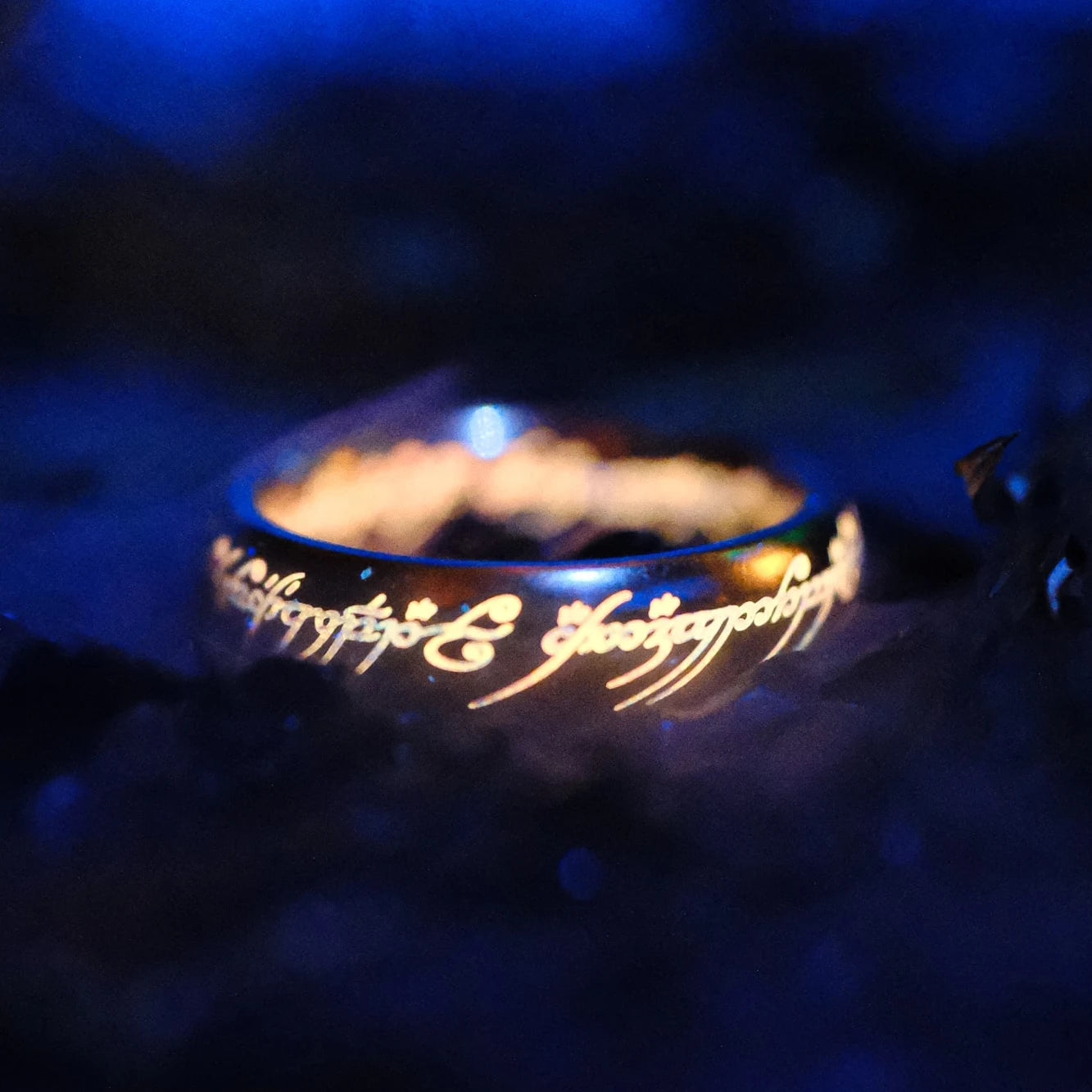

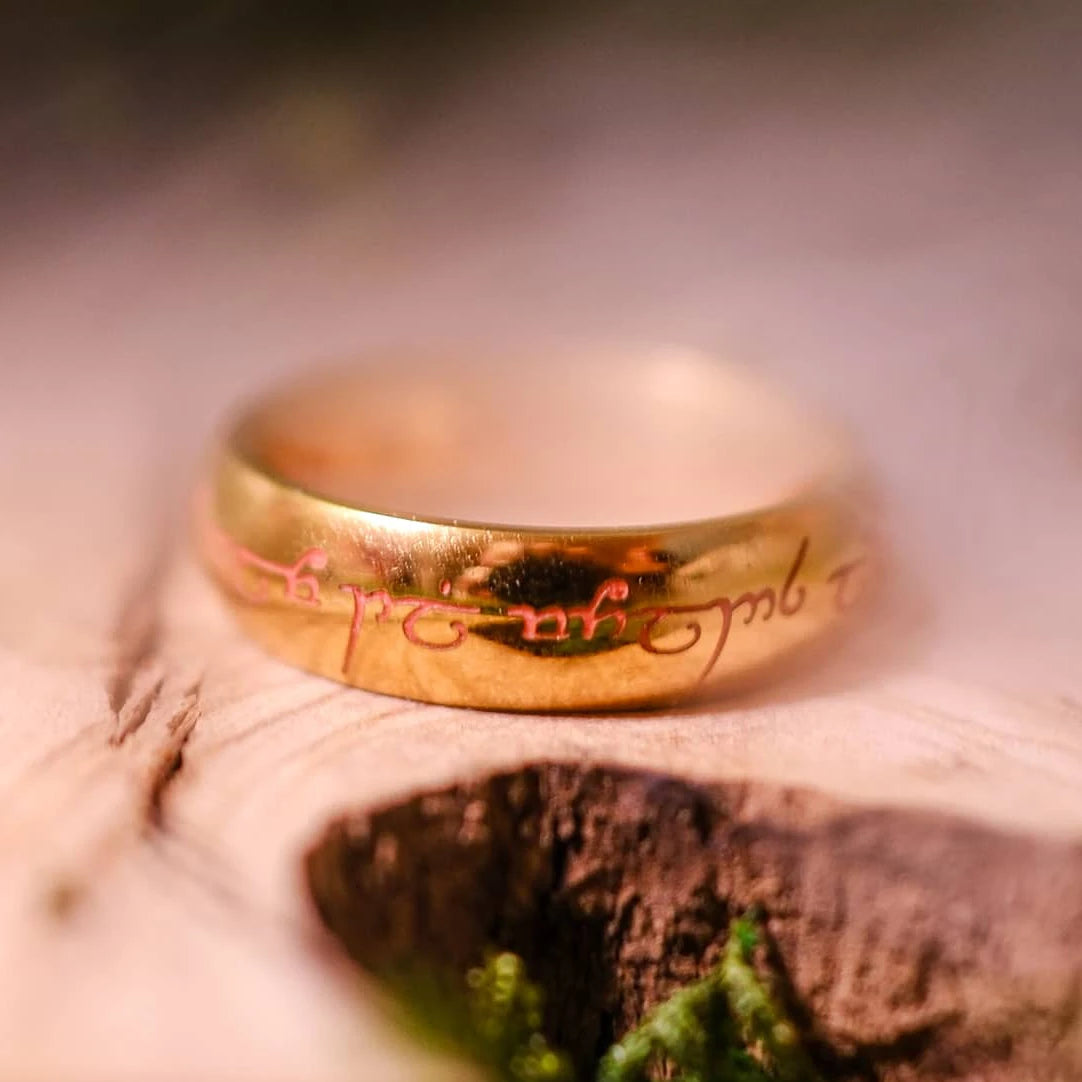
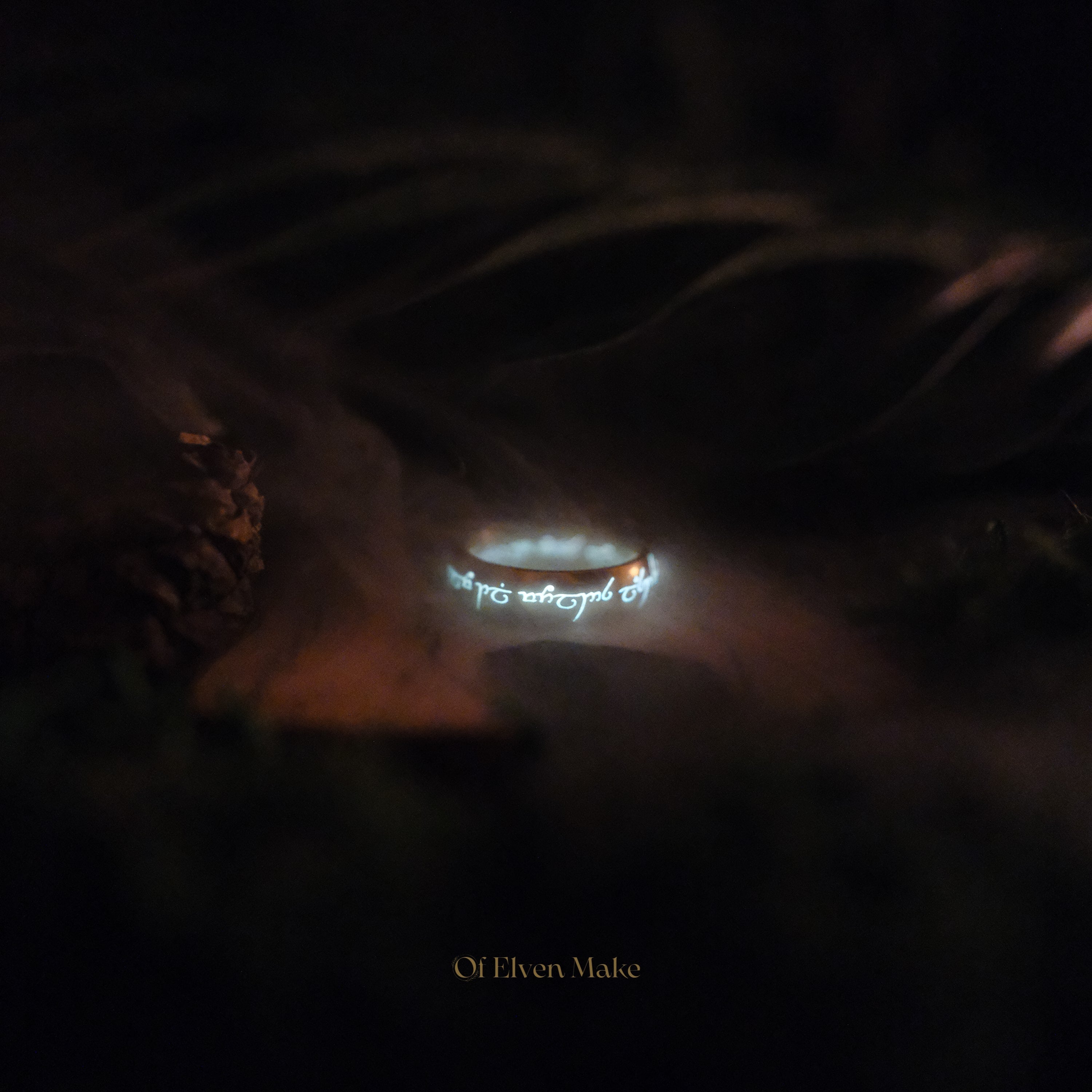
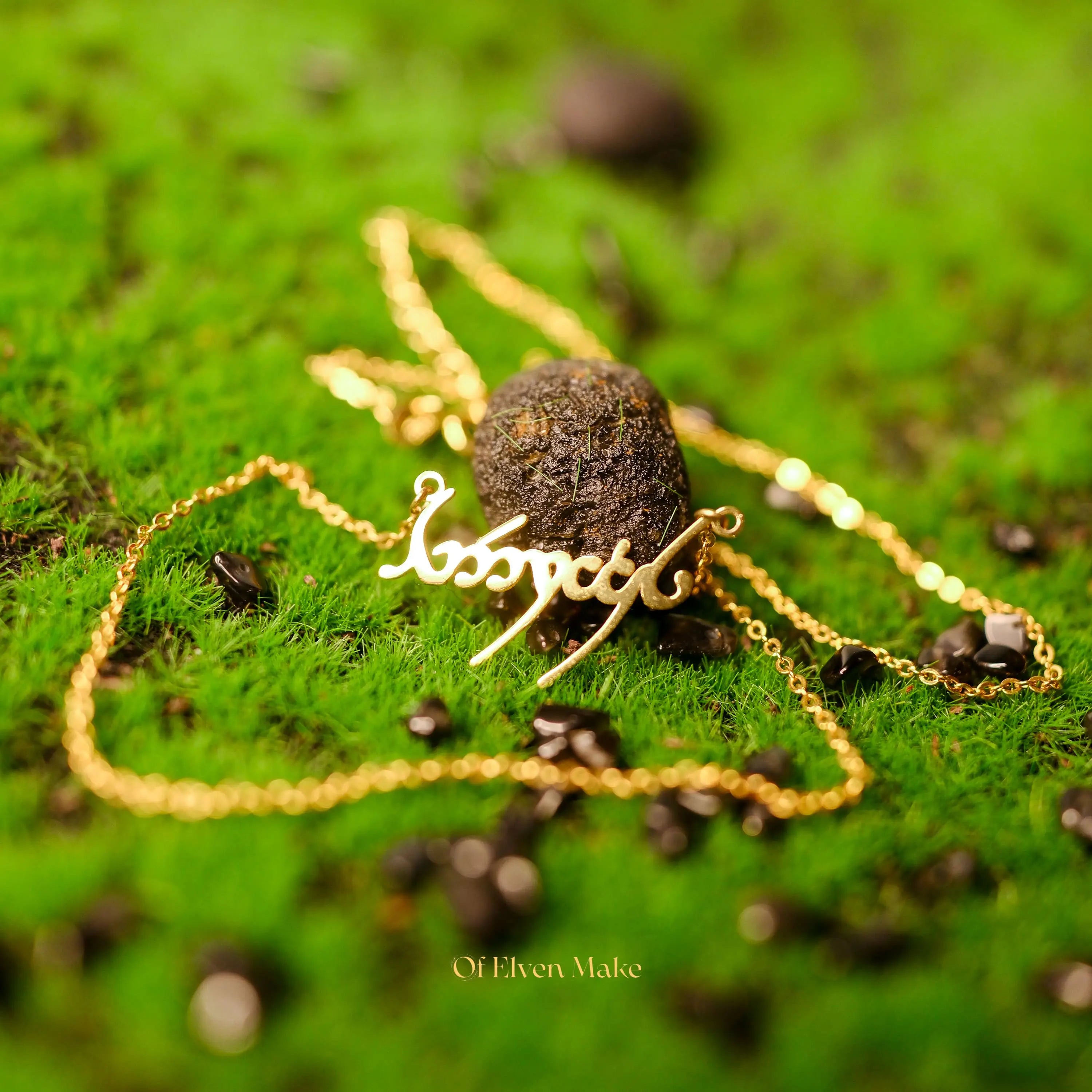
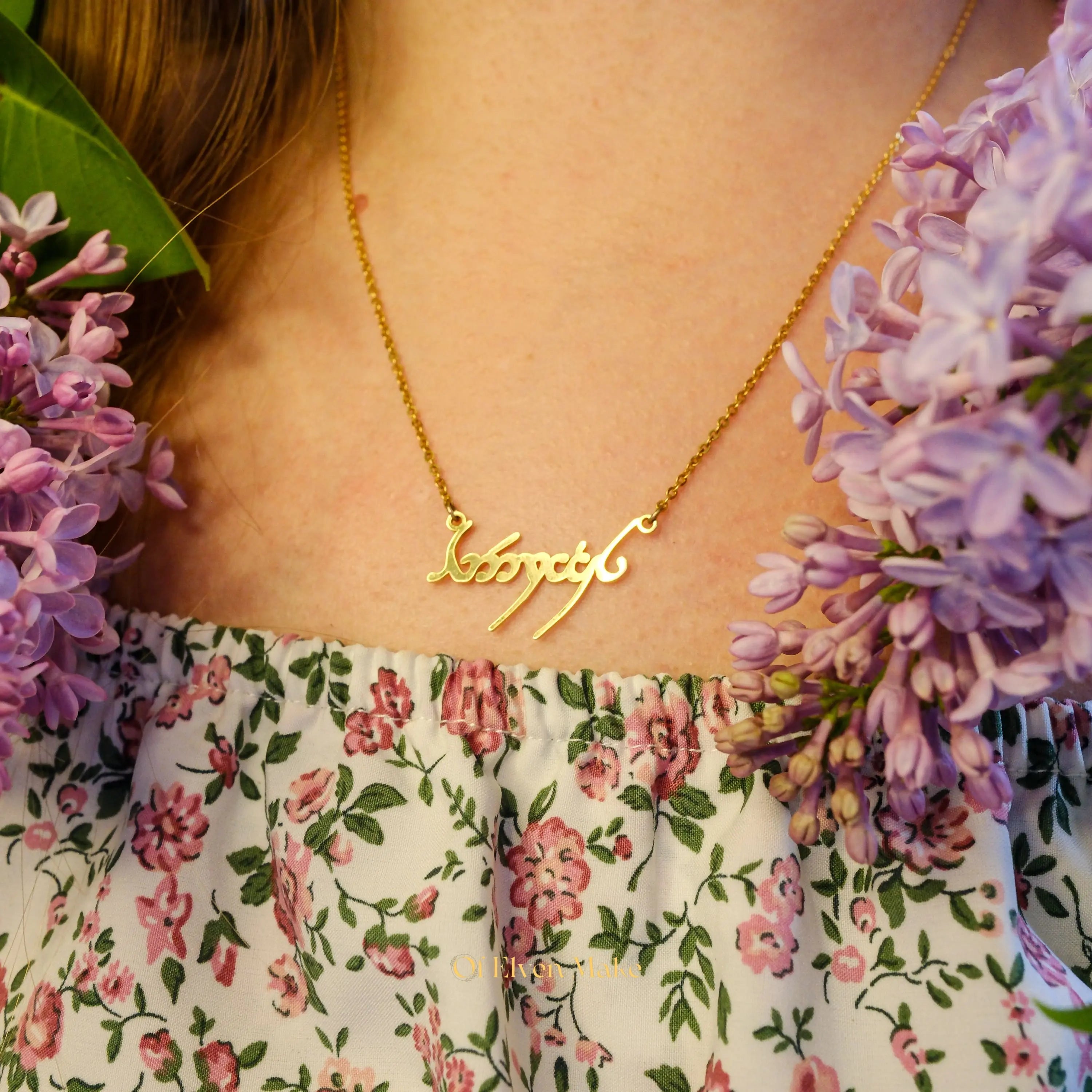



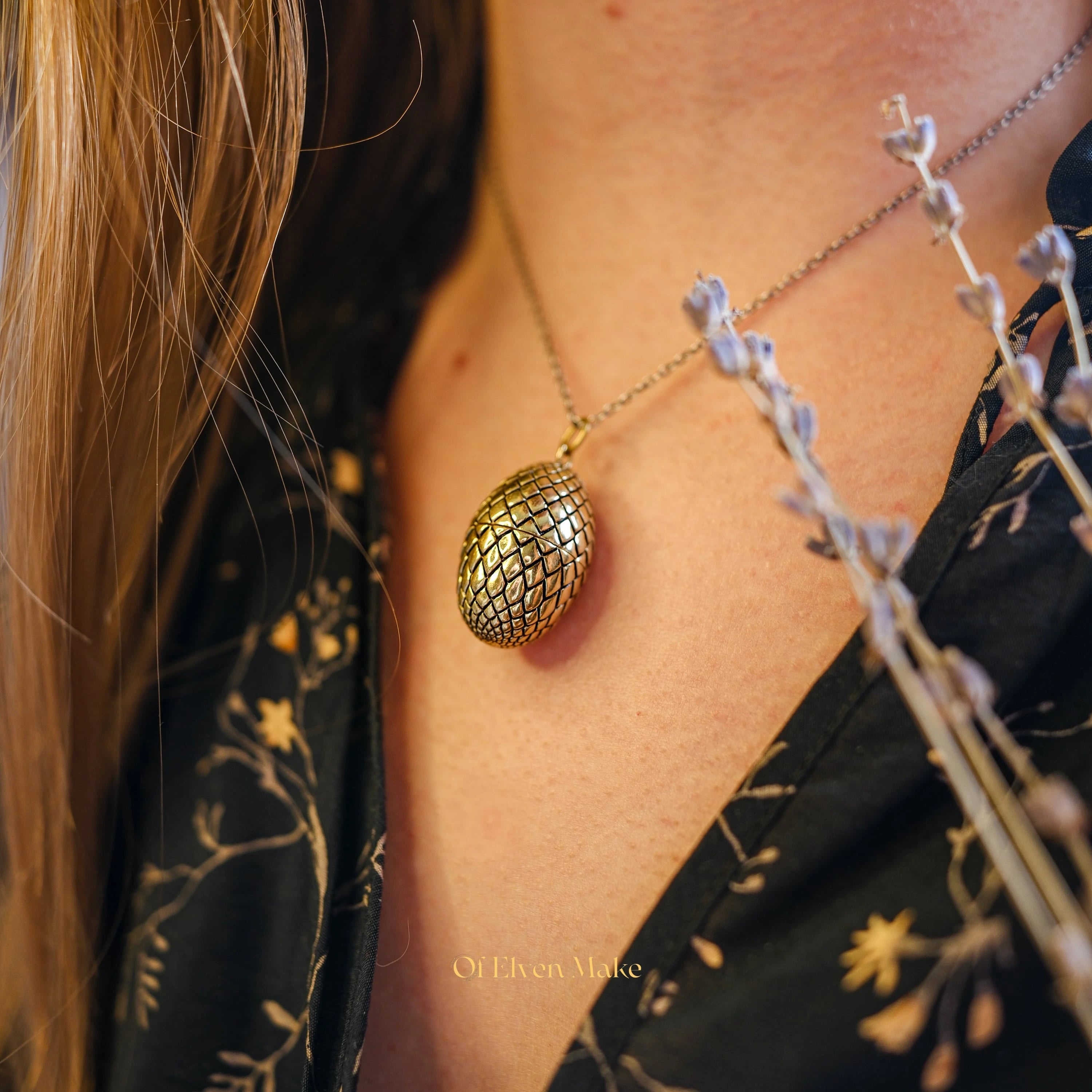
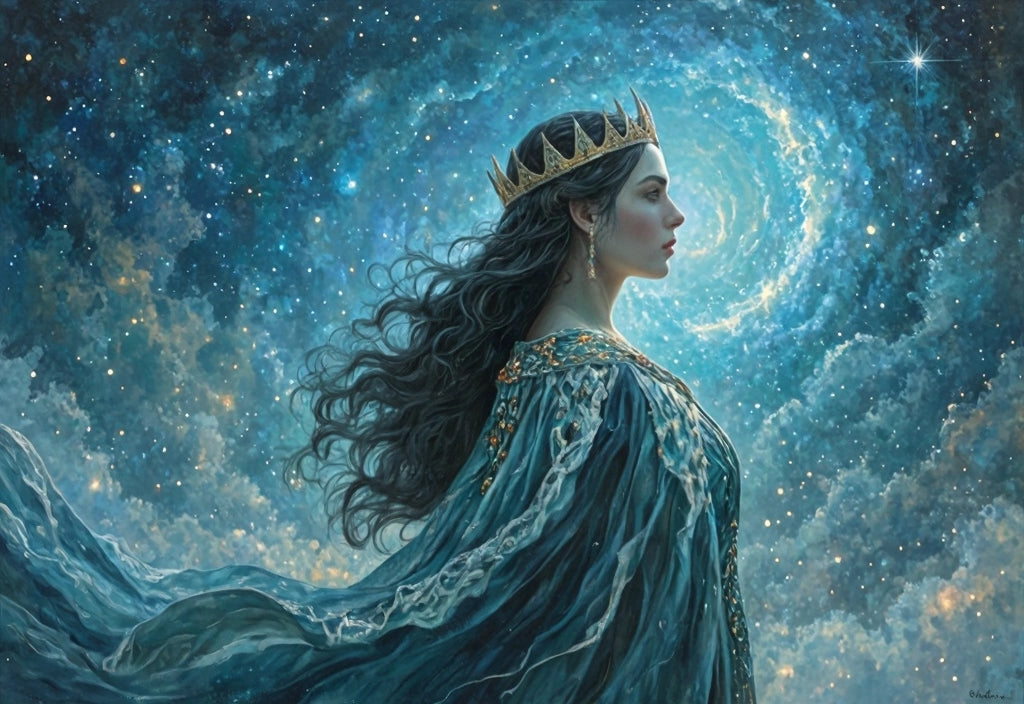
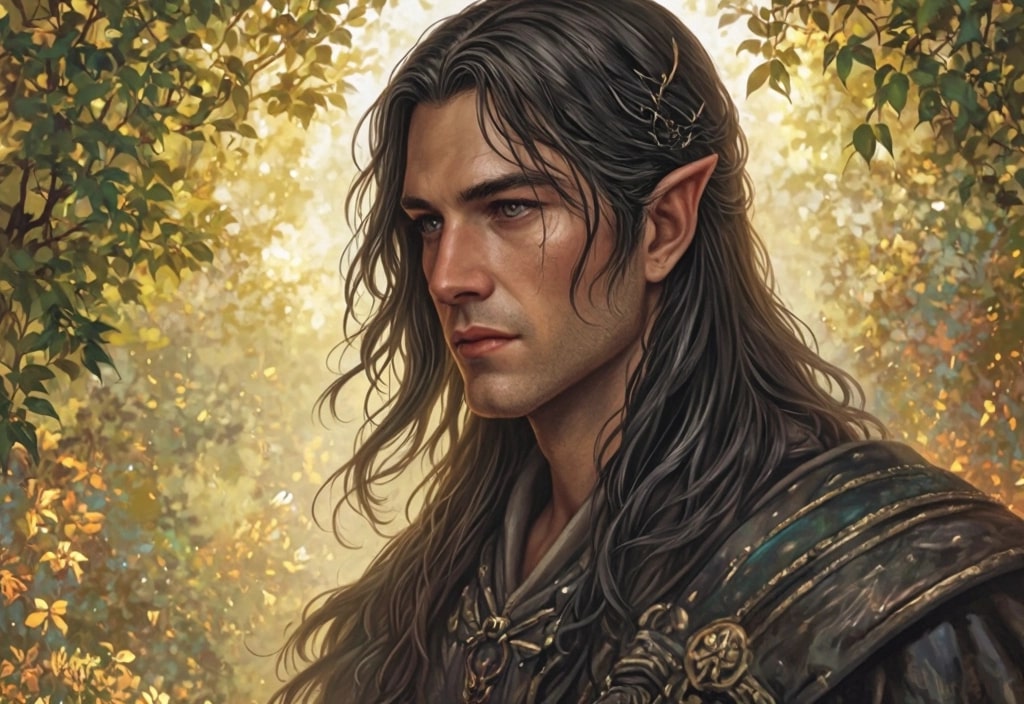

Leave a comment
This site is protected by hCaptcha and the hCaptcha Privacy Policy and Terms of Service apply.